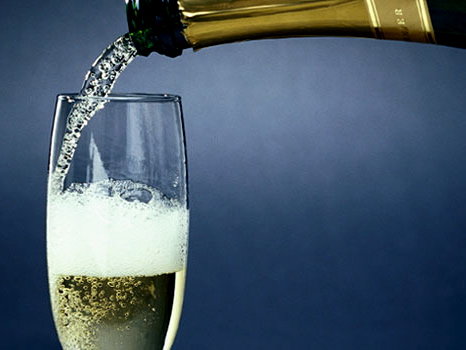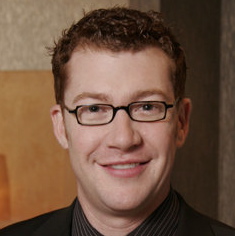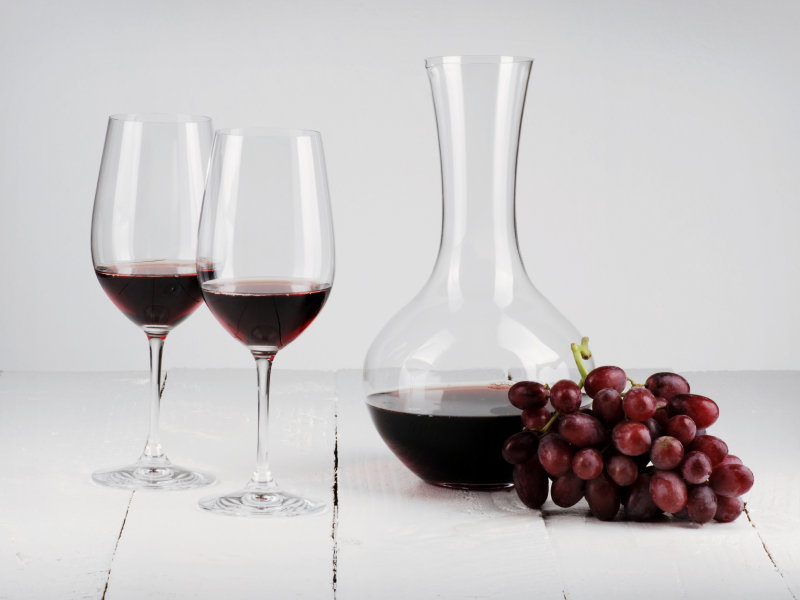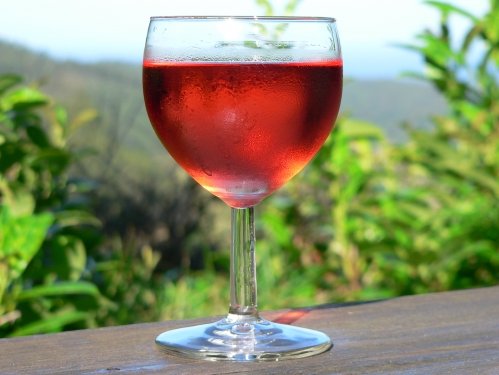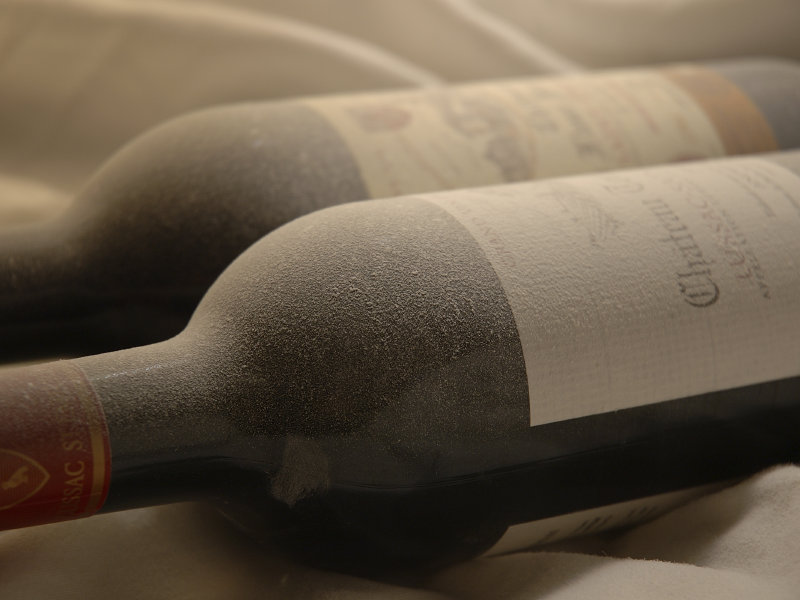This week's column is devoted to the illustrious bubble. That little tiny speck of magical effervescence that is an integral component of some of the greatest wines in the world. We will talk a little about what makes sparkling wine special and why you should have bubbles on the brain all the time, not just for toasts on special occasions.
I thought of doing a Champagne column this week for three reasons. First, it's about time. After more than four months of columns, it's only fair that we finally discuss what could perhaps be the best wine on the planet. Second, I just celebrated my wedding anniversary and my wife and I would have enjoyed the bottle of 1985 Salon Blanc de Blanc I have in the cellar if it wasn't for the fact that she is nine months' pregnant and due any minute. And third is the result of the amazing Champagne tasting that I was privileged to attend this past Monday.
It was at The Pfister. There were more than 125 Milwaukee and Madison area sommeliers, wine buyers and retailers present. We tasted six Champagnes including Veuve Clicquot Yellow Label, Veuve Clicquot Rose, the newly acquired and stunning Ruinart Blanc de Blanc and one of my all time faves -- Krug Grand Cuvee.
All this spectacular sparkling splendor was the responsibility of On Premise District Sales Manager for Badger Liquor South, Kim Fisher. I told you in my wine tasting etiquette column that you would be hearing more of Miss Fisher, and for good reason. She established a series of educational tastings she calls "Badger Boot Camp." She brings in some of the best professionals in the business, pours plentiful tastes of amazing wine (as you can read from the above) and brings some amazing education to Milwaukee area wine industry geeks.
The setup was fantastic and I tip my hat to Kim for furthering industry education in an awesome way. Seth Box, lead educator from Moet & Hennessy, was as laid back as it gets, took the stank out of industry presentations and wine buying and delivered all this in a captivating, yet entertaining way.
Since this column doesn't have the requisite space to detail the unbelievably complex methodology of Champagne production, I'm going to gloss over the nitty-gritty and talk about the big picture.
For the record, Champagne is sparkling wine, but sparkling wine is not Champagne unless it comes from the region Champagne, France. Although there are many beautiful examples and very well made sparkling wines from around the world, Champagne produces the best sparklers on the planet -- bar none.
Why is this?
It's simple, really. The harder you make a vine work to produce grapes, the better quality the individual grapes it produces, and few growing regions in the world are less hospitable to grape growing than Champagne. To the best of my knowledge, no grapes are grown above 51 degrees latitude anywhere in the world, because it's just too cold.
Champagne falls between the 49th and 49 1/2 parallel so it's just about as north as it gets. Aside from the harsh conditions, the soil is primarily chalk, with some limestone and schist. The result is that with very little rainfall, the roots have to grow five or 10 meters below ground just to derive the necessary nutrients and water to survive. Consequently, because of the lack of water in the grape, the grapes that grow are few, but the concentration of flavors, and the density of character are substantial.
Couple this with the fact that all grape growers in Champagne cultivate their crop for the purpose of Champagne production, and you have the ingredients for some pretty spectacular wine.
OK, so now maybe you are nodding and thinking that the juice has to be pretty good coming form such elite grapes. Granted, the grape itself is the key to fine wine, but just wait until you get to hear how insane the Champagne making process really is.
So, the winemaker has to decide how much of each of the Merlot and Cab Franc he wants to blend in with the Cab to make it taste best. He may even have even picked the Cabernet grapes from several different vineyards, each with its own style. He experiments a little, based on previous vintages and the current growing season, and presto, bottle the result and away we go.
Now check this out: Champagne producers choose from up to 100 or more different vineyard sites. If it's a non-vintage (or technically a "Multi-Vintage") there is juice from the last few years as well. So, since the three varietals for Champagne are Pinot Noir, Pinot Meunier and Chardonnay, let's say that of the 100 vineyard sites, there are 30-30-20 in terms of the three varietals just from the current vintage.
So, the winemaker has to determine which lots of which wines in which quantities from which years will blend best to make the house cuvee. Once the still portion is determined, and the necessary components are added, then the real magic begins. You see, the still wine is brash, acidic and almost unpalatable.
The yeast and sugar that are added (Liqueur de Tirage) will help the still wine over time to become Champagne. The wine has to slowly be turned (riddling) and upended. Once the dead yeast cells descend to the neck of the bottle, the very top of the bottle is frozen so that the yeast cells can be disgorged. Then the "dosage" can be added which consists of still wine, sugar, additional yeast cells, etc, depending on the style of Champagne.
After all that, the wine must represent the vintage character or match the house-style multi-vintage blend exactly. How's that for challenging winemaking? The skill required to take a multitude of wines and blend them all into something that will hopefully become something totally different is what makes Champagne the perfect amalgam of science, art and magic.
The wines produced in Champagne are unlike any in the world. There is a special uniqueness to them that makes them enjoyable all the time. So why is it that Champagne is only uncorked for special occasions?
I think that it stems from a few things. There is always the price. As much as I would love to drink Champagne all the time, the $50 to $300 a bottle or more, is quite a bit higher than the average Joe can afford to pay, and quite a bit higher than most other wines you may like to enjoy.
Also, the stigma and aristocracy behind Champagne has pervaded modern society. Once upon a time, those who "toasted" or raised glasses for "cheers" were those of status and wealth celebrating the status and wealth of those they were drinking Champagne with. I mean, come on, how many other wines on the planet have glassware specifically designed for them in the image of the breast of Queen Marie-Antoinette?
But even if you can afford to drink the good stuff several times a week, you might be surprised to learn that Champagne is one of the most versatile food pairing wines around. From vegetables to fish, shellfish to veal, game bird, chicken, lamb and pork, there is a style of Champagne that will pair brilliantly.
If you can't afford the good stuff like most blokes, there are sparkling wines from Spain, Italy and California that can hold their own at a lower cost. Schramsberg, "J" and Domaine Chandon from California; from Spain -- Gramona, Sigura Viudas and Cavas Lavernoya; from Italy -- Bellavista, Nino Franco and Ca' del Bosco.
The one thing to be mindful of is that not all bubbles are made well. Anything made in the traditional French manner (formerly Methode Champenoise) or even some of the Charmat methods are very good. But the transfer method is usually no beuno and please stay clear of anything in a can -- it has been carbonated after the fact.
As always, there is never enough room in this column to discuss all the things that I would like, while still making it readable, let alone enjoyable.
Let me know if you have any questions regarding bubbles of any kind, have fun with the Talkbacks, and I will get back to you as soon as possible.

